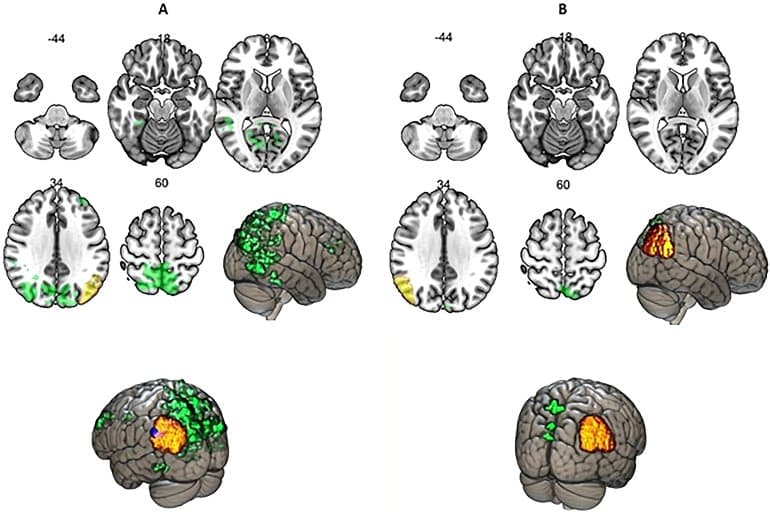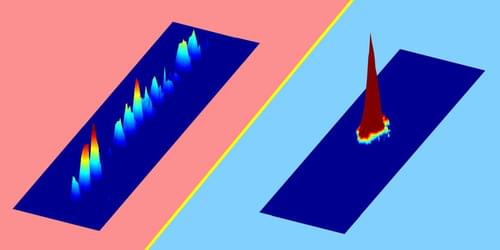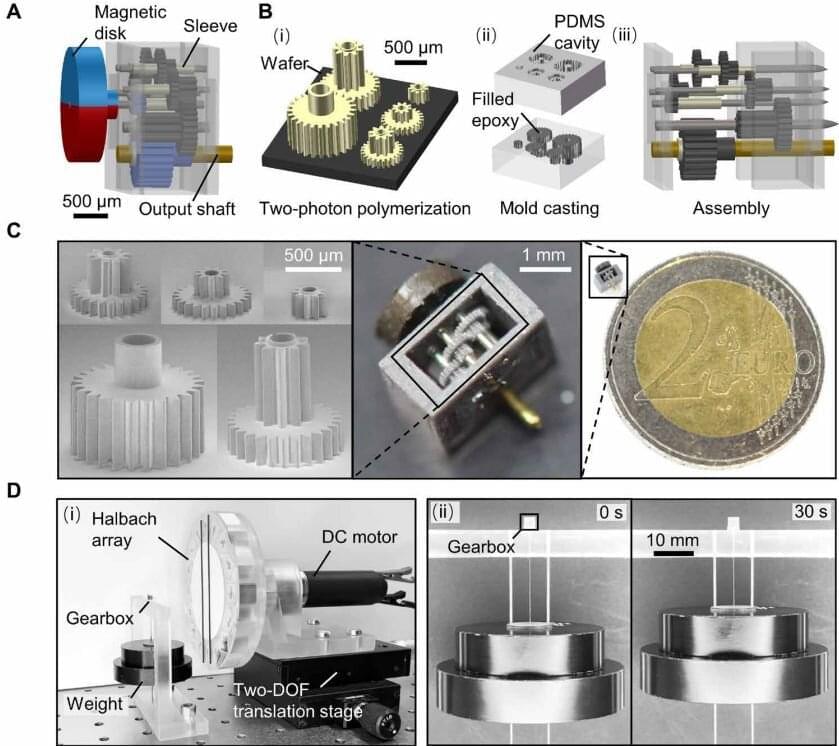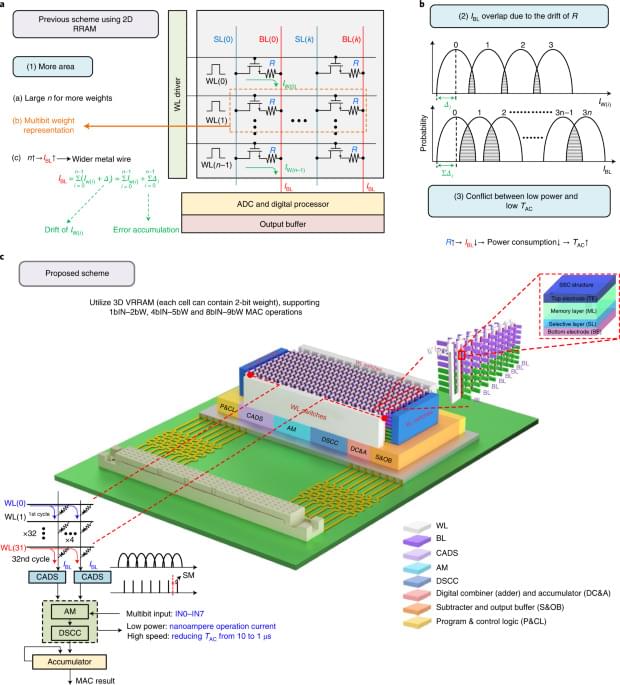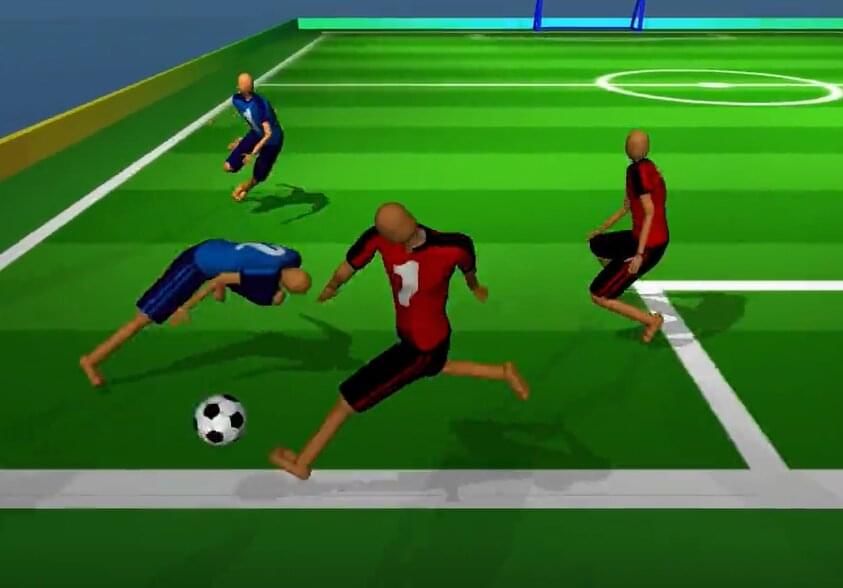Sep 1, 2022
Neurolinguists Report Not Two, but Three Options for Brain Functional Categories
Posted by Jose Ruben Rodriguez Fuentes in category: neuroscience
Summary: A new language-switching experiment revealed traditional categorization of brain areas may not be sufficient. Researchers set their sights on the caudal inferior parietal cortex to better understand functional categorization in the brain.
Source: Leiden University.
Based on the results of a language-switching experiment, Ph.D. candidate Fatemeh (Simeen) Tabassi Mofrad MA and Professor Niels Schiller have discovered that the traditional categorization of brain areas is not sufficient.
